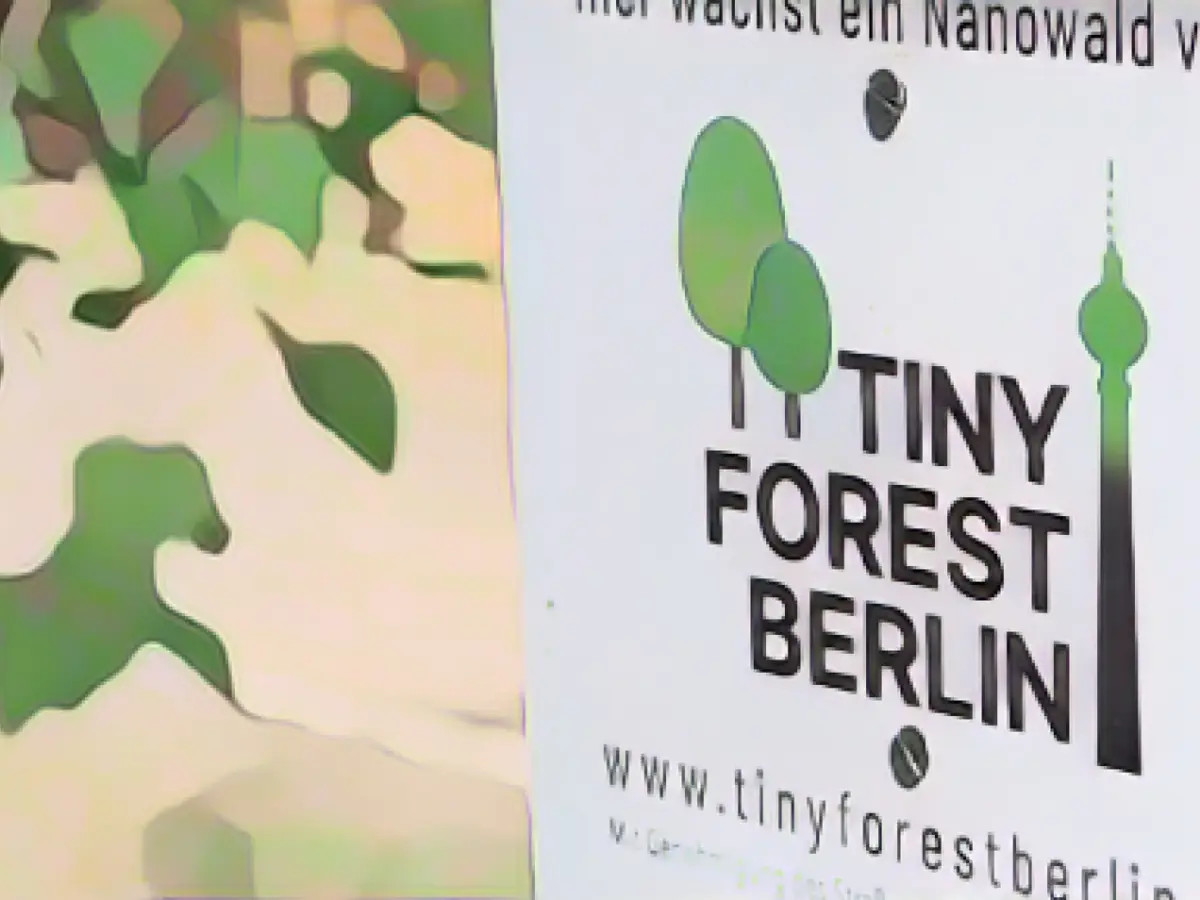Creating a Breath of Fresh Air in Mannheim: Introducing the First Tiny Forest in Baden-Württemberg
Get ready to breathe easier in Mannheim, as the city is set to welcome its very first Tiny Forest (micro-forest)! Ulrich Holl, Chairman of the Bürger-Interessen-Gemeinschaft (BIG) Lindenhof, shares the organization's mission: "We aim to improve the urban climate by planting small green lungs."
Following two years of meticulous planning, the city has made a brownfield site available for this mini-forest project. With successful implementations in Darmstadt in 2021 and other cities like Berlin and Hamburg, the lush green oasis of the Tiny Forest is set to make an appearance in the northern Baden metropolis.
Native trees and shrubs are to be planted on a 300-square-meter plot in Lindenhof – that's as many as three seedlings per square meter! The microforest promises to provide new habitats for birds and insects while enhancing carbon dioxide sequestration and local cooling, a much-needed addition in one of the city's hottest spots, housing numerous tall apartment buildings with limited fresh air.
BIG is financing the project with donations from both companies and private individuals. The organization aims to set a precedent for other parts of the city and beyond, with this mini-forest serving as a shining example of the potential benefits that such a project can bring.
The Birth of the Tiny Forest Concept 🌳
The Tiny Forest concept originates from Japanese biologist Akira Miyawaki, who pioneered the planting of small, densely packed urban forests. While the Baden-Württemberg Nature Conservation Association has reservations about the use of dense tree populations, they acknowledge the importance of green spaces in urban areas.
Sighting Green Pulses in Urban Spaces
Over the last few years, several cities worldwide, including Tokyo and Hamburg, have witnessed the rise of Tiny Forests. These mini-ecosystems serve multiple purposes, from restoring polluted soil to attracting wildlife and providing an opportunity for community engagement.
According to the city of Mannheim, a thorough examination of several locations was conducted to ensure the new Tiny Forest would deliver on its promise. Sufficient space, ownership, use by residents, water connection, and previous planting were all factors considered.
As part of Mannheim's broader efforts to improve its green spaces, the city aims to analyze the plant population, soil quality, and, if necessary, prepare the soil for reforestation by spring 2024, before the mini-forest comes to full bloom.
Sources:
Enrichment Insights:
- With the implementation of Tiny Forests, cities can reap several environmental benefits.
- These micro-forests aid in restoring soil quality, improving water and air quality, and promoting biodiversity.
- They also help regulate climate conditions by reducing the impact of heavy rainfall and providing shade.
- Tiny Forests serve as community engagement magnets, fostering human connection through various activities like reading, dancing, learning, and leisure.
- Interacting with nature relieves physical stress and improves symptoms of mental health issues like anxiety or depression.
- Planting Tiny Forests in schools provides children with an excellent opportunity to engage with nature and witness the tangible environmental outcomes of their actions.
- Challenge areas for Tiny Forests include land use and management regulations, like the conflicts between new regulations and traditional meadow orchard maintenance.
Additional Notes:
As cities like Mannheim continue to grow and adapt, the addition of Tiny Forests can play a pivotal role in fulfilling a number of key objectives:
- Restoring polluted urban environments by improving soil, water, and air quality
- Enhancing biodiversity and attracting wildlife
- Regulating climate through the provision of shade and reduced rainfall impact
- Fostering human connection and promoting mental well-being by creating spaces for community engagement and interaction with nature.
By prioritizing the implementation of Tiny Forests, Munich can help achieve a more sustainable and livable urban environment for its residents and visitors.








